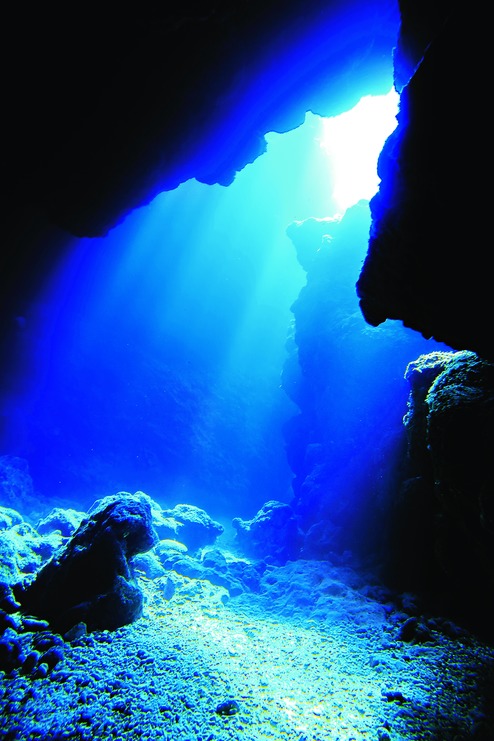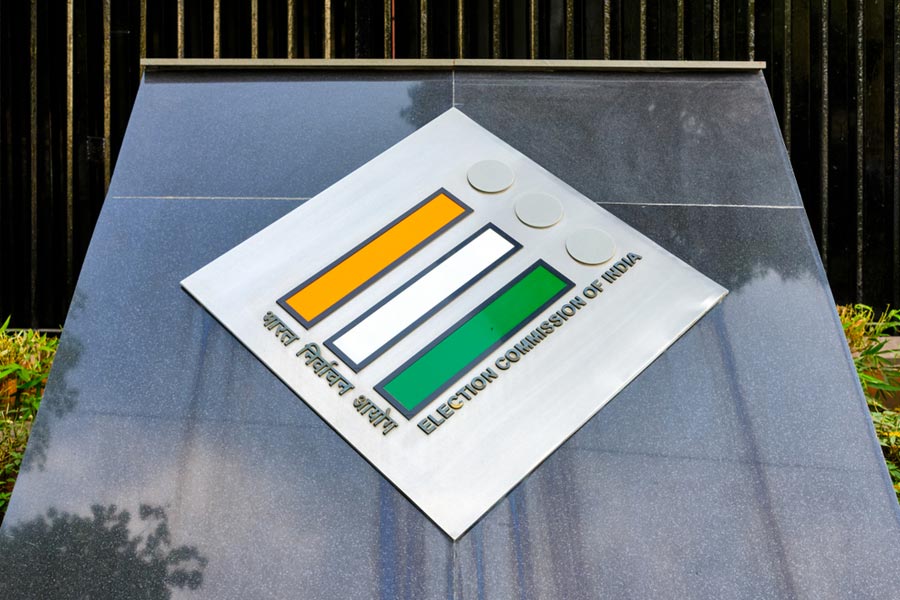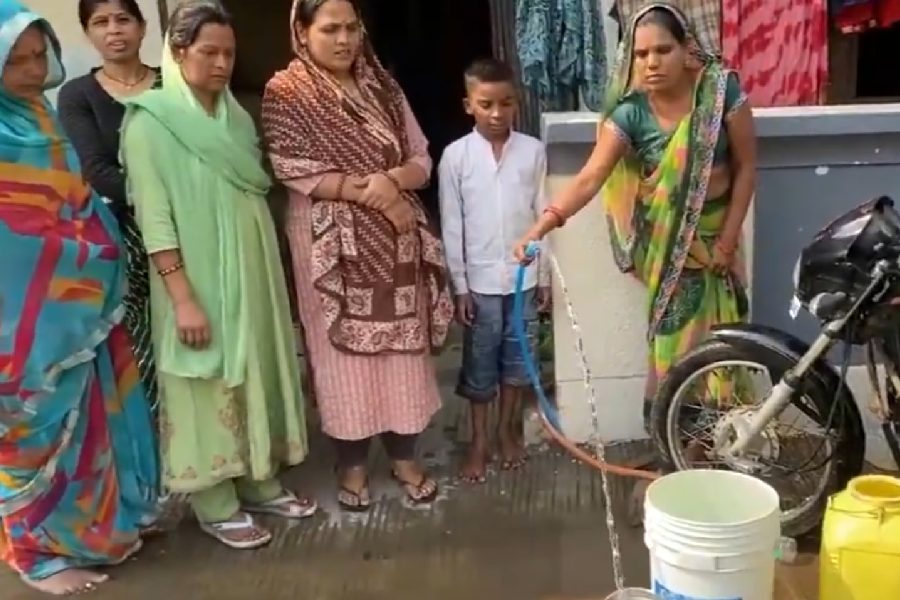
Smoking chimneys spewing super hot (300°Celsius) fluids, goose barnacles and tube worms swimming in the shimmering water and delicate columnar structures swarming with copper, gold, zinc and rare minerals like neodymium. Marine geochemist Andrea Koschinsky of Jacobs University at Bremen in Germany comes back to explore the benthic zone at Kermadec Arc, off the New Zealand coast, again and again.
"It's fascinating to see how life forms survive in such extreme conditions, 1,600 metres under sea level," says Koschinsky, who has encountered many such "alien" sights in the submarine world in different regions of the earth. But it's not these spectacles that draw her to the underwater world. She's interested in knowing how marine organisms co-exist in the hot springs and minerals at such depths. More precisely, she wants to find out if the precious metals can be mined without damaging the environment.
Countries and mining companies all over the world have been gearing up for years to harvest riches from the seafloor. More so in recent years, because the oceans have been found to hold a treasure trove of rare earth elements - such as neodymium, lanthanum, praseodymium, and so on - that power our smartphones, computers and solar power panels.
The world's first deep-sea mine is expected to start work this year off Papua New Guinea. Nautilus Minerals, a Canadian company, has been granted the first lease to harvest metals from the ocean floor. The project could serve as a test case for industry. If it proves successful, it may kick off a gold rush in the deep sea.
With the scarcity of mineral resources on Earth's surface and nations needing more and more rare metals to sustain everyday life, mining the ocean floor is being looked at as a way to meet this huge demand. "It's time we look at the deep sea to secure metal resources as rich deposits on land are becoming more difficult to find," Koschinsky says. "Deep-sea mines could lower the pressure on sensitive ecosystems (such as rainforests) in land mining areas."
Mines on land often require forests and villages to be cleared, people - mostly indigenous tribes - to be displaced. Then there is the colossal "overburden" (soil or rock waste on top) to be managed or removed. The outflow of acidic water (acid mine drainage) from metal mines also causes severe environmental damage.

Mines on the seafloor, on the other hand, can extract richer ores from a smaller area and with no immediate impact on people. Minerals can be harvested by sending remotely operated vehicles (ROVs), or robots, to scrape up potato-sized nodules or mineral-rich crust. In the long run, mining companies could bring in a ship or floating platform above the site and use a conveyor belt to bring up the nodules. A giant straw-like hydraulic suction pump also can be used to suck up the mineral crusts.
Companies in Canada, Australia, Belgium, the UK and Japan are investing in crawlers and rovers to lift nodules from the sea. China, Korea and India are also not far behind. To regulate a future gold rush among nations, the International Seabed Authority (ISA) was established in 1994 through the United Nations, based on the 1982 Convention on the Law of the Sea. The authority is supposed to protect the ocean from the impacts of mining and ensure landlocked countries get a share of the under-sea booty.
Indian scientists are making steady progress in developing an integrated system of deep-sea mining. The Deep-sea Technologies and the Ocean Mining Group of the National Institute of Ocean Technology in Chennai are developing a technology to mine polymetallic (copper, cobalt, nickel and manganese) nodules from the seafloor as deep as 6,000m or 6km below sea level. India has been allotted a site in the Central Indian Ocean Basin by the ISA for exploration and technology development.
One major area of concern in deep-sea mining is that suctioning the sea floor results in clouds or plumes of sediments that could kill surrounding marine organisms - including tiny corals, anemones and slow-moving creatures stuck to the metallic nodules.
To understand the long-term implications, Koschinsky's team has been studying how the plumes affect marine flora and fauna. They are also trying to find out how long it takes for the scars of mining to heal by comparing data from floors mined 17 years ago to more recent findings from those sites. Some studies have shown that the mined areas are successfully recolonised by flora and fauna after several years, though "the species composition and diversity still remains lower". Her team is also exploring ways to prevent undersea remote operated vehicles from creating clouds of sediments.
"Knowledge about the ecology of the deep sea is still limited," says Koschinsky. So until the full impact of deep-sea mining is understood, the gold rush must wait.











